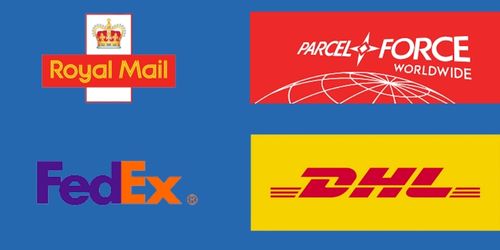Peptide Recreation
Lyophilized Peptides
Lyophilized is a freeze-dried state in which peptides are usually supplied in powdered form. The process of lyophilization involves removing water from a compound by placing it under a vacuum after freezing it—the ice changes from solid to vapour without changing to its liquid state. The lyophilized peptides have a fluffy or a higher granular texture and appearance that looks like a small whitish “puck.” Various techniques used in lyophilization techniques can produce more granular or compacted as well as fluffy (voluminous) lyophilized peptide.
Recreating Peptides
Before using lyophilized peptides in a laboratory, the peptide has to be reconstituted or recreated; that is, the lyophilized peptide should be dissolved in a liquid solvent. However, there doesn’t exist a solvent that can solubilize all peptides as well as maintaining the peptides’ compatibility with biological assays and its integrity. In most scenarios, distilled, sterile as well as normal bacteriostatic water is used as the first choice in the process. Unfortunately, these solvents do not dissolve all the peptides. Consequently, researches are usually forced to use a trial and error based approach when trying to reconstruct the peptide using an increasingly more potent solvent.
Taking into account a peptide’s polarity is the primary factor through which the peptide’s solubility is determined. In this regard, acidic peptides can be recreated in essential solutions, while basic peptides can be reconstructed in acidic solutions. Furthermore, hydrophobic peptides and neutral peptides, which contain vast hydrophobic and uncharged polar amino acids, respectively, require organic solvents to recreate. Organic solvents that can be used include propanol, acetic acid, DMSO, and isopropanol. These organic solvents should, however, be used in small amounts.
Following the use of organic solvents, the solution should be diluted with bacteriostatic water or sterile water. Using Sodium Chloride water is highly discouraged as it causes precipitates to form through acetate salts. Furthermore, peptides with free cysteine or methionine should not be reconstructed using DMSO. This is due to side-chain oxidation occurring, which makes the peptide unusable for lab experimentation.
Peptide Recreation Guidelines
As a first rule, it is advisable to use solvents that are easy to remove when dissolving peptides through lyophilization. This is taken as a precautionary measure in the case where the first solvent used is not sufficient. The solvent can be got rid of using the lyophilization process. Researchers are advised first to try dissolving the peptide in normal bacteriostatic water or sterile distilled water or dilute sterile acetic acid (0.1%) solution. It is also advisable as a general guideline to test a small amount of peptide to determine solubility before trying to dissolve the entire portion.
One important fact to consider is the initial use of dilute acetic acid or sterile water will enable the researcher to lyophilize the peptide in case of failed dissolution without producing unwanted residue. In such cases, the researcher can attempt to lyophilize the peptide with a stronger solvent once the ineffective solvent is removed.
Furthermore, the researcher should attempt to dissolve peptides using a sterile solvent producing a stock solution that has a higher concentration than necessary for the assay. When the assay buffer is utilized first and fails to dissolve all of the peptides, it will be hard to recover the peptide without being unadulterated. However, the process can be reversed by diluting it with the assay buffer after.
Sonication
Sonication is a process used in laboratories to increase the speed of peptide dissolution in the solvent when the peptides persist as a whitish precipitate visible inside the solution. Sonication does not alter the solubility of the peptide in a solvent but merely assists breaking down chunks of solid peptides by briskly stirring the mixture. After completing the sonication process, a researcher must check the solution to find out if it has gelled, is cloudy, or has any form of surface scum. In such a scenario, the peptide may not have dissolved but remained suspended in the solution. A stronger solvent will, therefore, be necessary.
Practical Laboratory Implementation
Despite some peptides requiring a more potent solvent to fully dissolve, common bacteriostatic water or a sterile distilled water solvent is effective and is the most commonly used solvent for recreating a peptide. As mentioned, sodium chloride water is highly discouraged, as mentioned, since it tends to cause precipitation with acetate salts. A general and simple illustration of a typical peptide reconstitution in a lab setting is as follows and is not unique to any single peptide.
* It is crucial to allow a peptide to heat to room temperature prior to taking it out of its packaging.
You may also opt to pass your peptide mixture through a 0.2 micrometre filter for bacteria prevention and contamination.
Using sterile water as a solvent
Step 1 – Take off the peptide container plastic cap, thus exposing its rubber stopper.
Step 2 – Take off the sterile water vial plastic cap, thus exposing the rubber stopper.
Step 3 – Using alcohol, swab the rubber stoppers to prevent bacterial contamination.
Step 4 – Draw 2ml of water from the sterile water container.
Step 5 – Slowly pour the 2ml of sterile water into the peptide’s container.
Step 6 – Swirl the solution gently until the peptide dissolves. Please avoid shaking the vial

